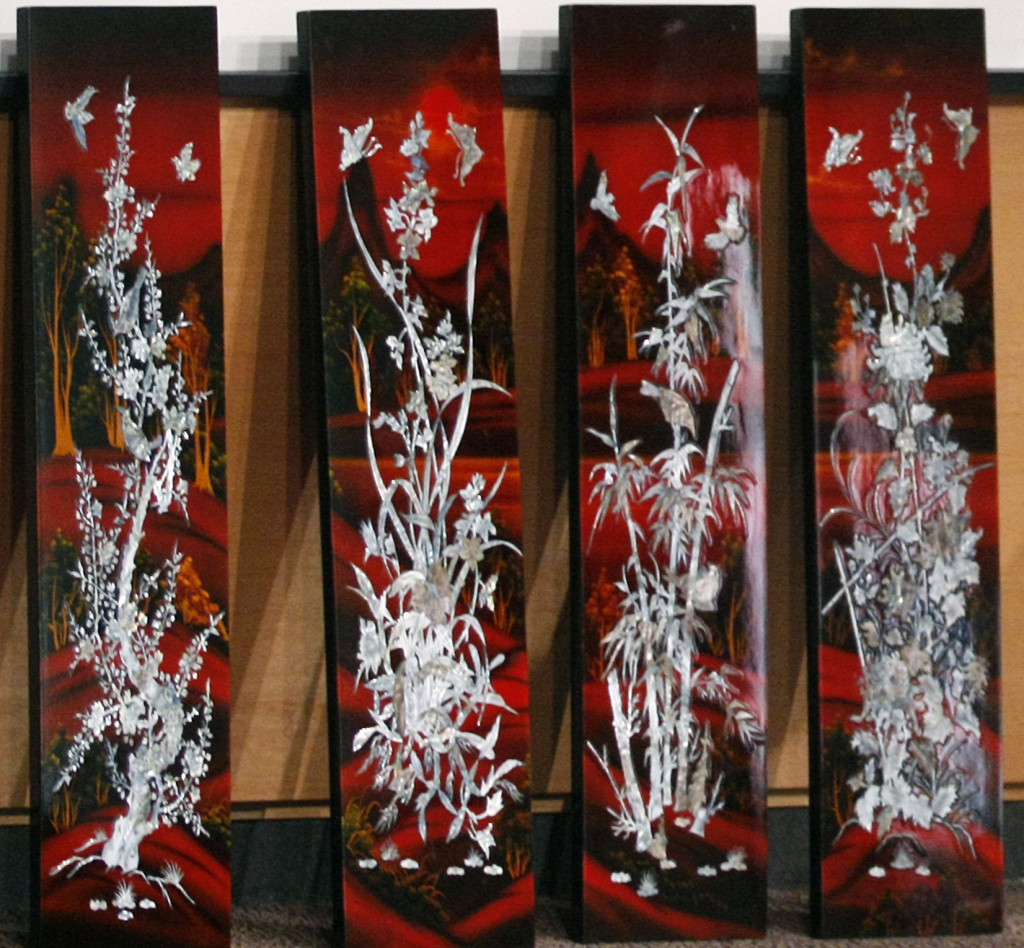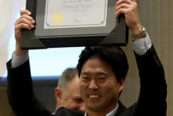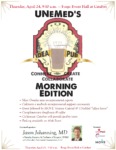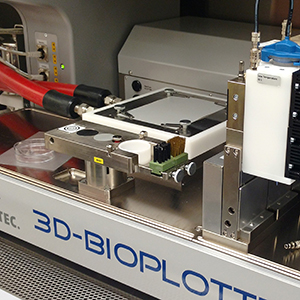OMAHA, Neb. (June 12, 2014)—Officials and researchers at the University of Nebraska Medical Center highlighted recent and ongoing research Thursday while commemorating 10 years of UNMC-China collaborations during the Asia Pacific Rim Development Program’s fifth annual Joint Research Symposium, an international biomedical research forum held Thursday at the Durham Research Center.
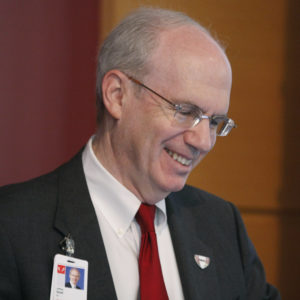
UNMC Chancellor Jeffrey P. Gold, M.D., greets attendees during opening remarks at the Asia Pacific Rim Development Program’s fifth annual Joint Research Symposium at the Durham Research Center in Omaha.
UNMC Chancellor Jeffrey P. Gold, M.D., opened a full day of seminars and presentations with brief remarks to illustrate the value of UNMC-China research collaboration. UNMC has a four-part mission, he said, that is equal parts education, research, quality clinical care and community engagement.
“This symposium underscores all parts of this mission,” he said.
He added that research doesn’t end when results are published, when a grant ends or when funding runs out. “Research is completed when it changes some human life,” he said.

The Chinese Academy of Sciences’ Le Kang, PhD, discusses the value of UNMC-China research during the fifth annual Joint Research Symposium on June 12, 2014.
Dr. Gold was followed by remarks from Le Kang, PhD, the director-general of the Institute of Zoology and president of the Beijing Institutes of Life Sciences, which are part of the Chinese Academy of Sciences. Dr. Kang was presented with an admiralty in “The Great Navy of the State of Nebraska,” a fictional position used by the governor’s office since 1931 to honor esteemed guests and citizens of a landlocked state.
Dr. Kang presented UNMC with a gift of a four-panel mural depicting traditional Chinese artistic paintings of a plum blossom, an orchid, a bamboo blossom and a chrysanthemum. Known as the “four gentlemen,” the four plants symbolize strength, humility, moral character and resilience. In Chinese culture, presenting them as gift is a significant demonstration of friendship.
The remainder of the symposium featured UNMC and Chinese research partners presenting and discussing their most recent findings in areas including cell-death mechanisms, schizophrenia, the Epstein-Barr virus, and stem cells.

